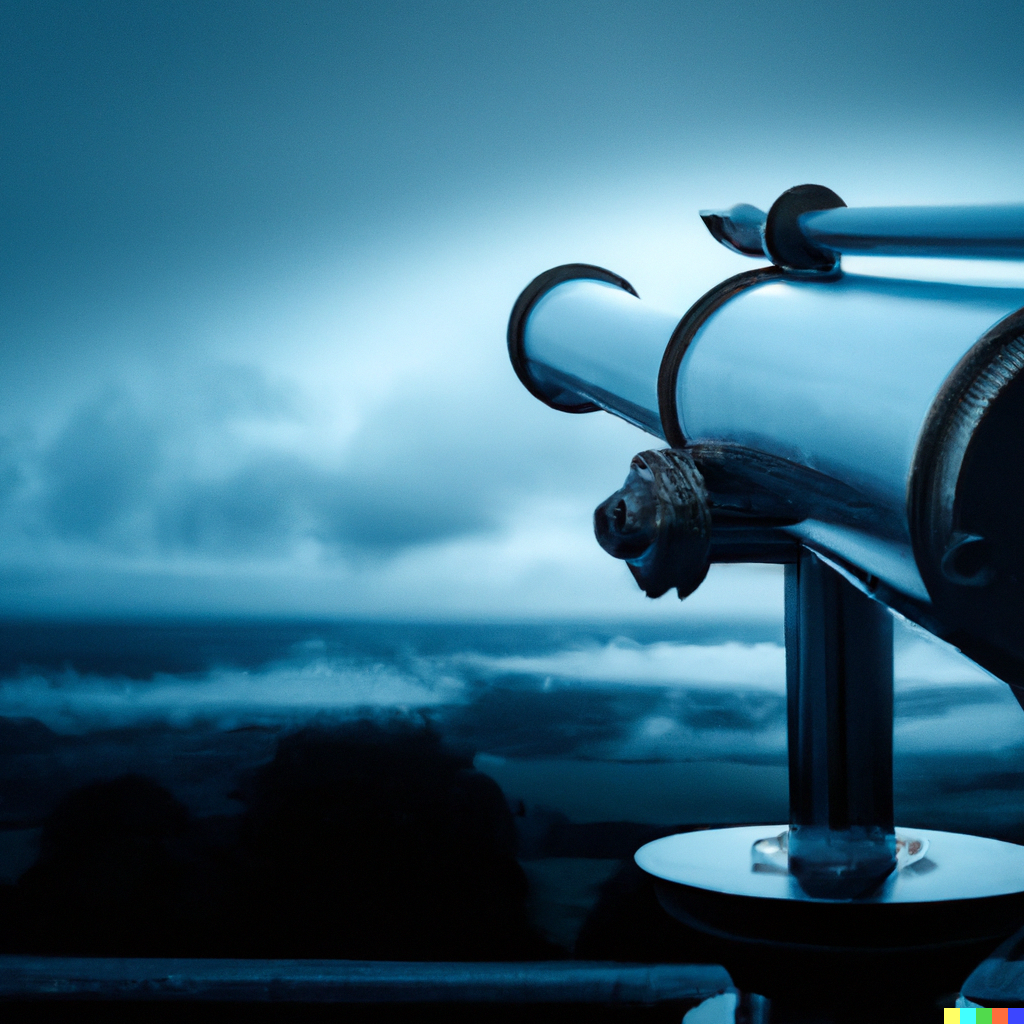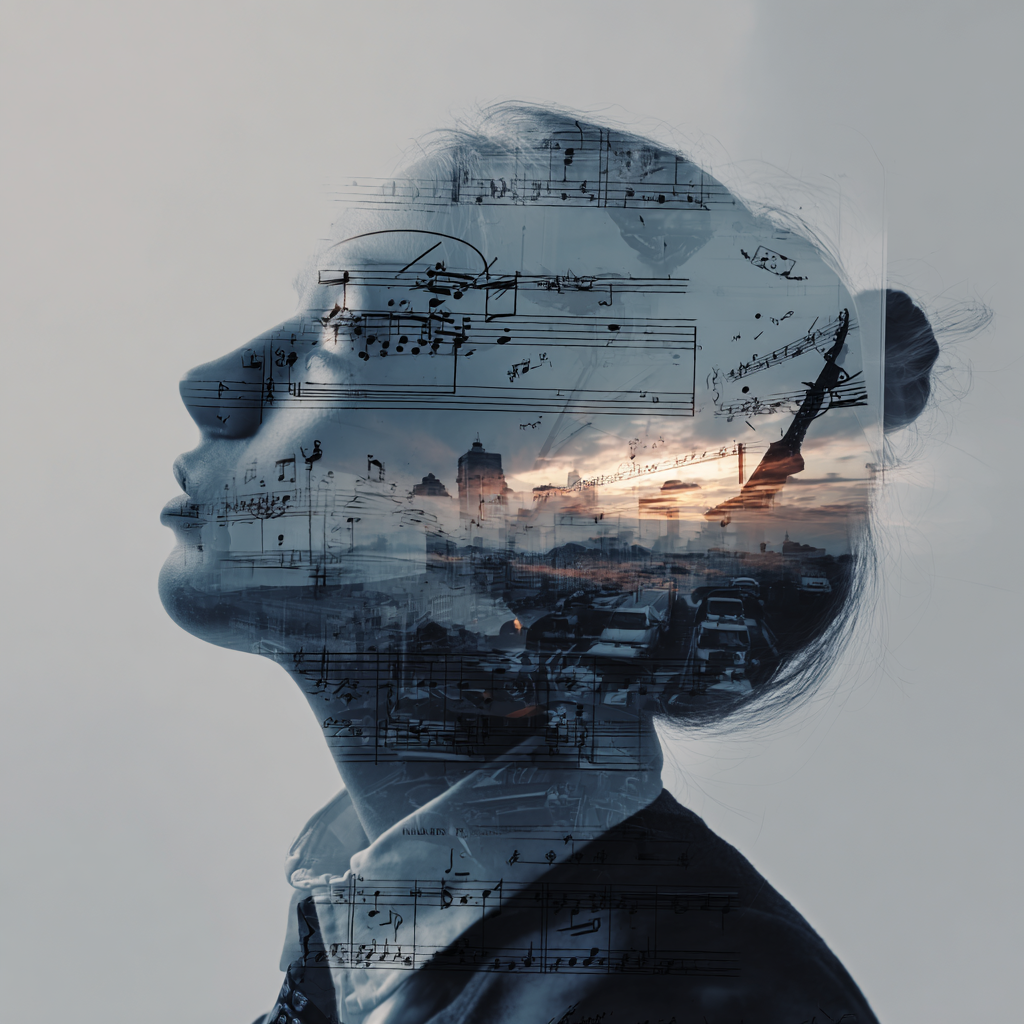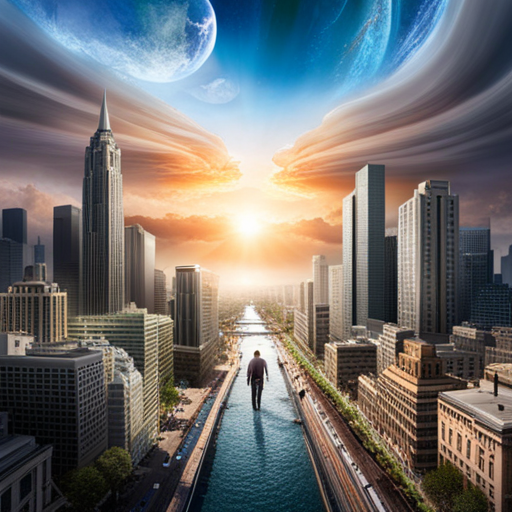
It’s more than 20 years after 2001 and we’re still not flying to Jupiter!
The great science fiction writer Arthur Clarke, who wrote 2001: A Space Odyssey, had envisioned his mission to Jupiter as the opening gambit of the 21st century. And even though the mission’s HAL 9000 computer has similarities to GPTChat with plug-ins, it came more than 50 years after Clarke had seen it coming in 1968.
I first became aware of the telescope effect in technology in the late 1980s. By the telescope effect I mean that the future in technology looks closer than it actually is. In the mid-1980s, I was fascinated with the future of virtual reality. As a psychoanalyst, I am specialized in the clinical work with dreams and I could see VR as the next dream machine. They had begun talking about direct retinal display in which images were painted with light impulses directly on the retina and that if they could do it with somewhere above 110 degrees width the brain would experience it as direct presence inside the projected image, much like a dream. It took more than 30 years for anything remotely close to this 1980s vision materialized. And I had expected it to be there in the next decade.
The telescope effect became especially visible in the Great Dot. Com-Bust of March 2000. It had become apparent that the visions of the .com industry wouldn’t materialize in the immediate future, but were set to become a material reality much later.
So I started studying the telescope effect. I think it has to do with a notion I have come to call ideoplasticity, by which I mean the ability of a medium to conform to an image. The dreaming imagination as a medium has the highest form of ideoplasticity. In a dream an entire world materializes in a split second. The ideoplasticity of the physical world is much lower. It takes much more time to create an image, like the vision of the journey to Jupiter, in the physical world. What we can imagine takes longer to physically materialize than we expect because we impute much higher ideoplasticity on the physical medium than it actually has.
I bring this up because I believe that the telescope effect is particularly strong right now around AI. We imagine the Singularity, when AI will be more intelligent than humans, to be happening soon. I think that is because we imagine intelligence to be a purely rational phenomenon. We know that it isn’t. Without emotional intelligence rationality progresses only so much. The noted neuroscientist Antonio Damasio called it Descartes’ Error in his book by that name because we think that rationality and emotionality are separate. He demonstrated that people with brain damage in their emotional centers could no longer make rational decisions. So the Singularity is much further away because the emotional intelligence of AI is still a way off. At Attune Media Labs, we are working on making AI more emotionally intelligent, and that isn’t as easy as it looks, but we’ve come a long way already. Pure mathematical rationality such as used in chess is much easier.
The technological telescope effect will continue to plague us and it will be leading us to apocalyptic fears of the immediate future. I may be an optimist, but I think we have a whole generation to get used to the future we now imagine as imminent. It will be a big job for the coming generations, but humans are clever. After 75 years of life I firmly believe so.


